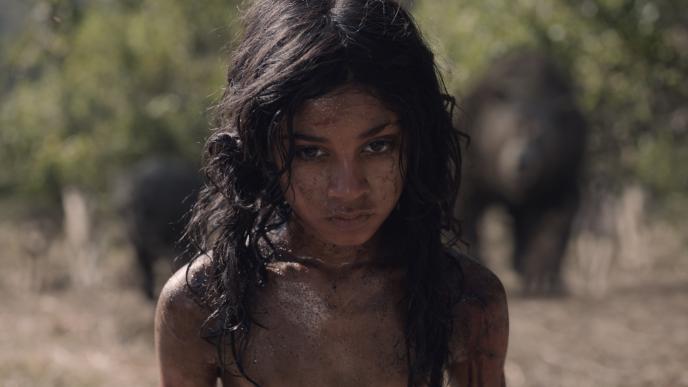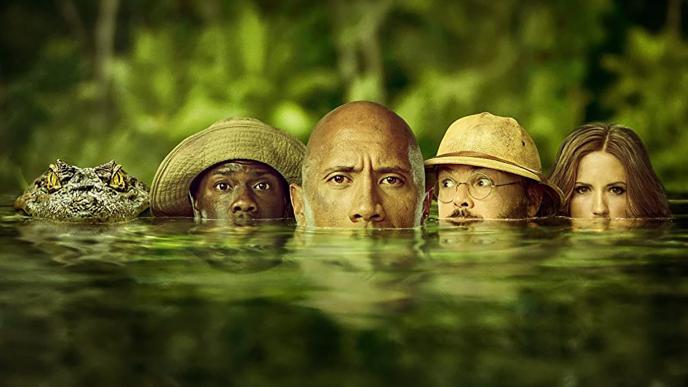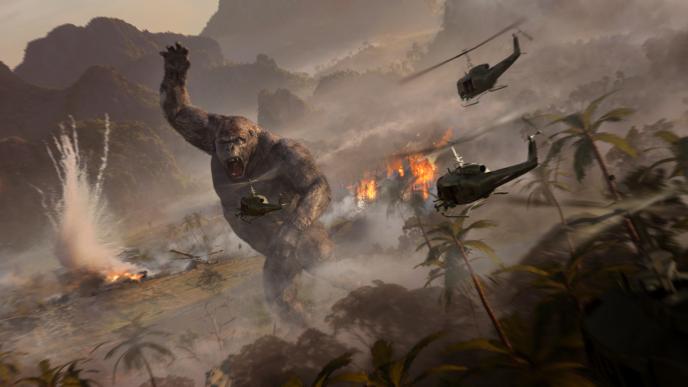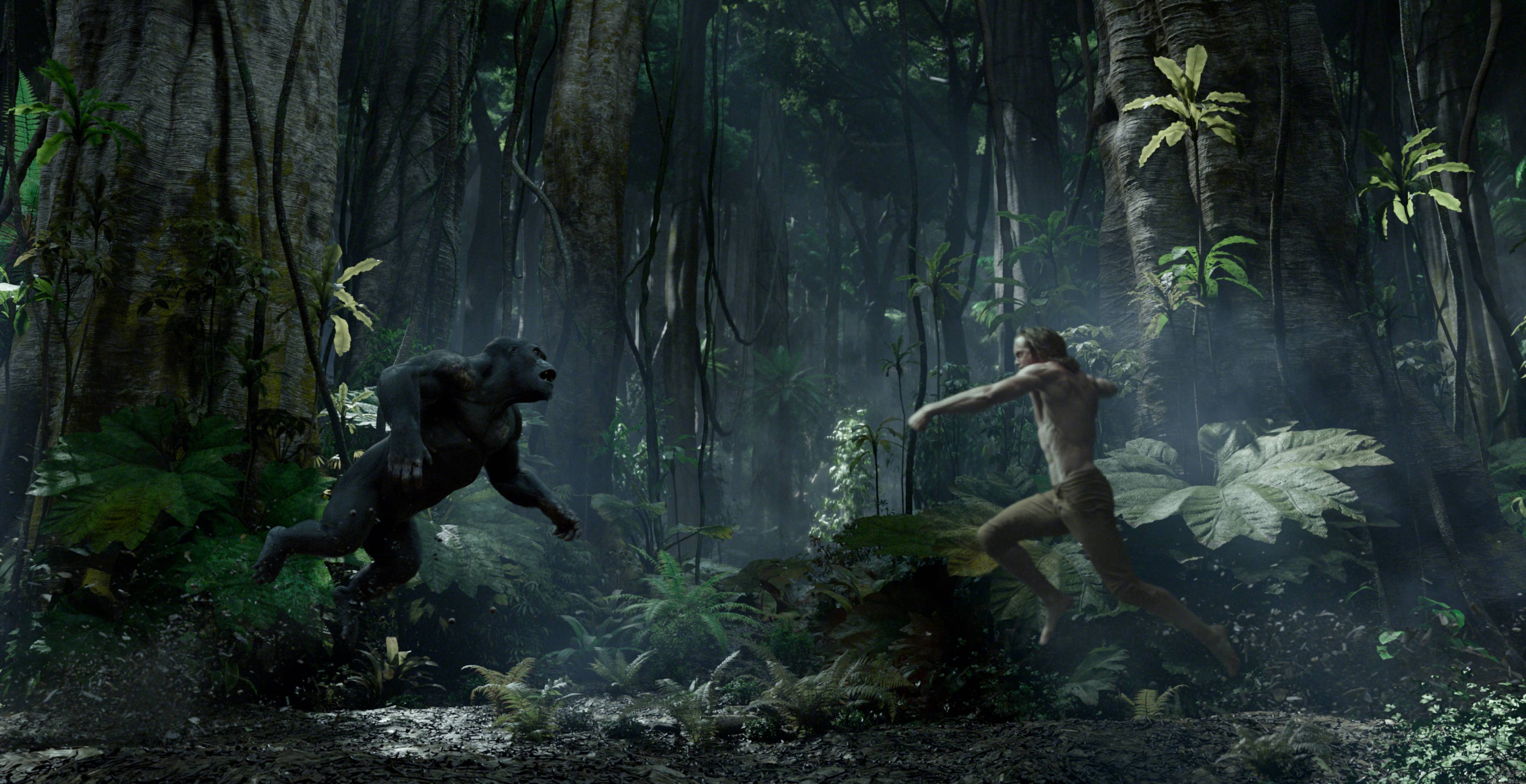
The Legend of Tarzan
Swung into cinemas in 2016, The Legend of Tarzan is the visually stunning feature film based on Edgar Rice Burroughs’ bestselling 1912 novel, Tarzan of the Apes. Framestore was awarded over 700 shots on the film, the work spanning complex jungle environments, digi-double creation and intricate creature animation.
Working with long-time collaborators Director David Yates and VFX Supervisor Tim Burke, the Framestore team jumped at the chance to work on this technically innovative and creatively compelling project. The story, of an orphaned son of a shipwrecked English nobleman born into the jungles of Africa and raised by apes, stars Alexander Skarsgård, Samuel L. Jackson, Christoph Waltz and Margot Robbie.
Thank you Framestore! You have given us extraordinary apes and much, much more.
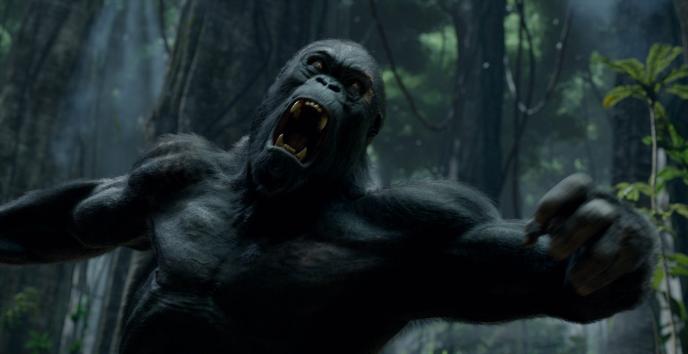
As a massive fan of Tarzan, I was overjoyed at the prospect of working on The Legend of Tarzan, and with David Yates at the helm, you know that you’re going to be challenged.
Jungle Living
The first creative challenge lay in the conception of a photo-real jungle environment which Tarzan and his primate family can realistically inhabit, side-by-side. The filmmakers had designed elaborate sets at Leavesden studios, representing African settlements and villages, and built jungle environments backed by bluescreens on three soundstages. The Framestore artists then used these plates to inform their design decisions when it came to building out the jungle, referencing environments found in Gabon, West Africa, and ultimately building a library of approximately 7,000 indigenous plant species. ‘We freaked out a little bit at the sheer number of species required’, says Alec Pejic, VFX Supervisor based in London, who led the team in the creation of the higher levels of the jungle that Tarzan would eventually swing through. ‘But the Leavesden footage was really helpful for all of our jungle visual references. We could replicate exact shots of the jungle in full CG, and it allowed us to get really creative to make it that much better.’
VFX Supervisor Ivan Moran led the Montréal team in working on the 3D foliage within the lower levels of the jungle. ‘Our hero “Kapok” tree was based on what they had on set; but then, we built variants – taller, shorter, newer, older, damaged’, says Moran. Layout artists sketched in damaged regions to indicate animal pathways, using variations within saturation and coloration to suggest unspoiled regions.
It was a very daunting concept at the beginning. Our apes were interacting with live characters, so it was a huge undertaking.
Great Apes
Arguably, the real stars of the film are the fully CG animated apes who interact seamlessly with the actors. Yates wanted to stay close to the original story and conjure Burrough’s fictional Mangani ape, his production team developing a full-scale Mangani head and shoulders for Framestore to reference.
Framestore were then tasked with the creation of the three lead Mangani – Tarzan’s adoptive mother, Kala; her son, Akut; and a fierce alpha male, Kerchak. ‘We always relied on reference of gorilla anatomy', noted Alex Pejic, 'but the Mangani looked nothing like real gorillas. The Mangani were less furry, more muscular, and their skins were more exposed.’
It wasn’t just in the way the Mangani looked, but also acted, that was important to get right. When communicating with Tarzan, Yates had a mandate to keep the emotion very subtle. ‘It was all about the eyes and seeing the soul there’, says Kevin, Animation Supervisor. ‘For the animation we really felt as though we had to scale a lot back, and create the emotion through the subtle movements of their eyebrows or mouth.’
In one key sequence, Akut and Tarzan are reunited as adults, but the audience can see that Akut feels deeply betrayed by Tarzan’s departure from the jungle years earlier. The pair end up clashing in mid-air. Following the dramatic fight scene, Akut was meant to simply walk away, but during research into the behaviour of apes and gorillas, the Animation team picked up on some mannerisms which helped to convey the complex emotions felt by Akut. ‘We noticed that they tap a lot’, says Kevin. ‘We had Akut turn and tap Tarzan as he walks past during the end of the fight scene. It suddenly became more personal and a lot more believable; there was a lot of rage in his eyes, but it was controlled.'
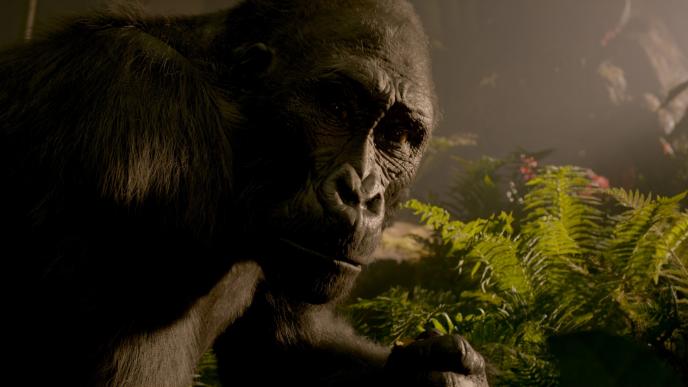
The apes worked out so well. I’m not sure that they could look better.
Flex & Flesh
To achieve the high level of texture and movement in the apes’ fur and skin, Framestore’s R&D team developed the new ‘Flex & Flesh’ digital tool to simulate the loosening and tensing of muscles, and a library of facial shapes, hair filter and dynamic hair systems. Creature artists then created 15 Mangani characters by varying fur colour, length and density, and alternating patches of grey and bald spots.
The team was further tested when Tarzan encounters a group of Mangani apes in the rain, the apes’ fur stretching and moving according to each animal’s weight and muscle mass. The Montréal team worked to calculate the fur moving alongside the body movement dynamics, and had to consider how that affected the rain itself as it hit the fur.
Walking with Elephants
Rom (Christoph Waltz) captures Tarzan's estranged wife, Jane (Margot Robbie). Tarzan and Captain Williams (Samuel L Jackson) head into the jungle to locate them and encounter other animals on the way, including a herd of West African elephants. ‘We played a lot with the style and speed of the elephants’, says Kevin Spruce. ‘We ended up making them walk unnaturally slowly as a test, and when it was placed in the shot, it just worked. It needed to have that ethereal quality.’
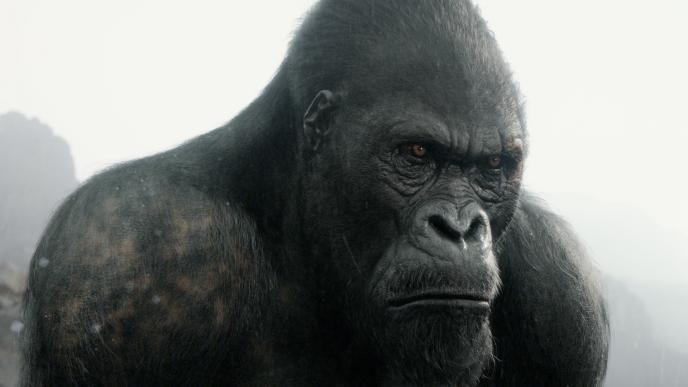
Doubling Up
The iconic sequence of Tarzan swinging through the jungle offered another challenge for Framestore; how could we emulate the speed and movement required for the scene? This was also made difficult with the change in environment and lighting, as the scene transitions from bright, sun-filled light to a dark environment with heavy rain. To add further complexity to the shot, the team were required to make the action slow-motion. It was decided that Tarzan would be fully animated with a digi-double – that meant that there was nowhere to hide. The end product, quite simply, had to be perfect.
In all adaptations of the Tarzan story, one thing remains: he is both graceful and strong. The filmmakers turned to Framestore’s VFX Supervisor Andy Kind to help develop the authenticity of the action required in this iconic scene. To better understand how the body moves when swinging at a similar height and speed, the team studied numerous ballet and circus performers. After a round of pre-vis, which showed the exact movements Tarzan would make in the scene, Andy’s team set up a complicated array of 16 Red cameras to capture Alex’s performance so that they could rebuild the geometry per frame. The artists were then able to enhance what had already been filmed on the plate, either by replacing Alex’s legs or extending the shot where needed.
The Journey's End
The final product has brought together some of the most visually beautiful work Framestore has produced. Yates was intent on making a feature that had real heart, with Mangani apes who could subtly communicate and integrate with the narrative in a believable way.
Framestore has also been able to take the tools and resources developed for the jungle environment to inform upcoming projects, including Jungle Book with Director Andy Serkis, due for release in autumn 2018.
Reviews
The Legend of Tarzan Is Revisionist, Anachronistic, Weird and Beautiful - Time Magazine
“Jungle Book” Fans Should Love “The Legend of Tarzan” - The Huffington Post
'The Legend of Tarzan': Film Review - The Hollywood Reporter
Press
Tarzan creature & FX pipelines - FX Guide
Framestore Goes Ape for ‘Legend of Tarzan’ - Animation Magazine
Framestore's Mangani apes swing in 'Tarzan' - Post Magazine
How to make an Ape: Interview with 'The Legend of Tarzan' VFX Supervisor, Alex Pejic - One Perfect Shot
